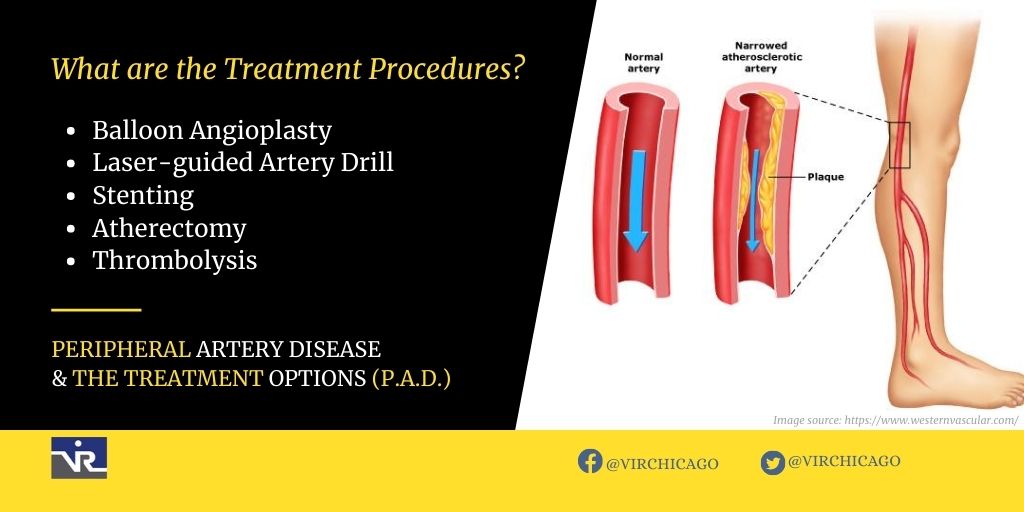What is Peripheral Artery Disease?
Peripheral artery disease or P.A.D. is a disease that deals with the blocked blood vessel. Plaque, consisting of calcium, cholesterol, fat, fibrous tissues, and other particles in the blood build up in the arteries that carry blood to the head, limbs, and other organs of the human body. With time, this plaque hardens and narrows the arteries down, limiting the flow of oxygen-rich blood to various organs of the body. This condition is termed as arteriosclerosis. P.A.D., in usual cases, is known to affect the arteries in legs. However, it can also affect other major arteries in the human body.
Thanks to the massive advancement in medical science, this disease can now be treated without open surgery. Various non-surgical procedures are there to treat the condition most effectively and efficiently possible.
What are the Treatment Procedures?
-
Balloon Angioplasty
In this procedure, the inner diameter of a vessel/artery is expanded using a balloon, which is mounted on a thin tube. The catheter is then inserted through a tiny cut in the skin to clear out all the blockage. This process is painless.
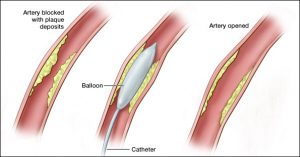
A breakthrough in modern treatment procedure has introduced drug-eluting balloons. With this balloon, the medicine is delivered directly into the wall of the artery, which removes the chance of scar tissue formation. Stenting is not mandatory in this process.
-
Laser-guided Artery Drill
In the case of patients, where leg arteries are completely obstructed by plaque over a long time, gangrene is formed. As a result, there was no other option than open surgery to prevent amputation. However, with the introduction of the Ocelot Catheter, the days of open surgery is a matter of past.
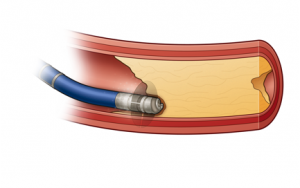
A laser-guided drill opens up a channel in the completely blocked artery without the help of any radiation or X-ray guidance. The catheter uses Optical Coherence Tomography to view its way down the blocked blood vessel.
-
Stenting
Stents are mesh-like tubes made of metal used in case of unsuccessful balloon angioplasty. Stents are used to expand the inside of an artery. Often, scar tissues can grow into stents, which causes another blockage in the flow of blood. In such cases, stent-grafts or covered stents (fabric covered) are used to get rid of the blockage and create steady blood flow.
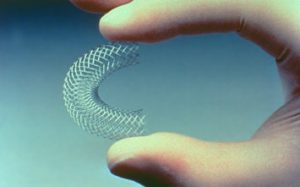
Drug-eluting stents are the latest addition to the stent family. Mostly used in the case of hearts, these stents are coated with medicines that prevent the growth of scar tissues, keeping the artery open for a longer time.
-
Atherectomy
Unlike other catheters, Atherectomy catheters remove the plaque blocking the flow of blood. Such catheters scrape out the deposits instead of running through them and opens up the artery for blood flow.
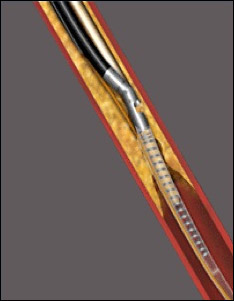
-
Thrombolysis
”Clot-busting” drugs are injected through a catheter in the blocked area, which melts down the plaque. On its way out, the catheter sucks the clot from the blocked artery, re-opening it for the flow of blood.
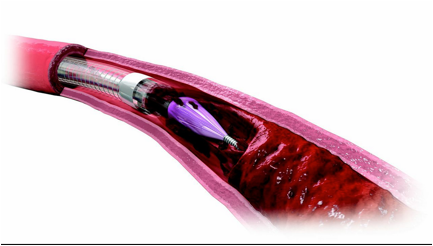
We, at VIR Chicago, provide all these treatment processes. With state-of-the-art equipment and specialized doctors with more than 30 years of experience, we can help you avoid surgery, and get cured of P.A.D.(blocked blood vessel) in no time.
